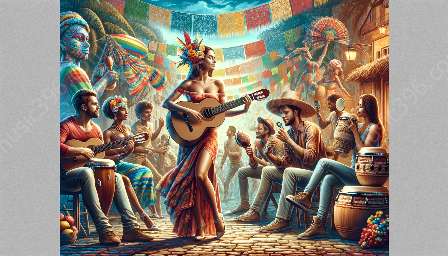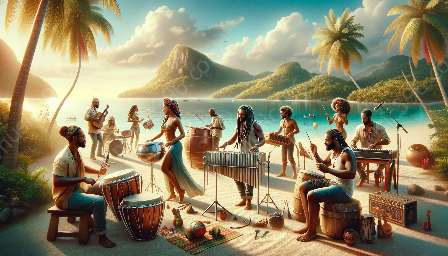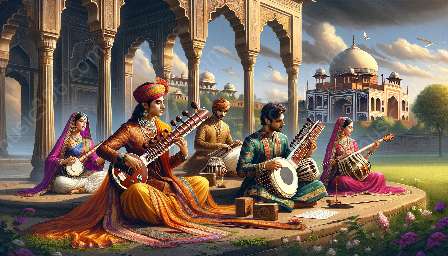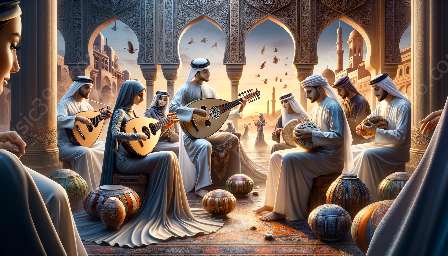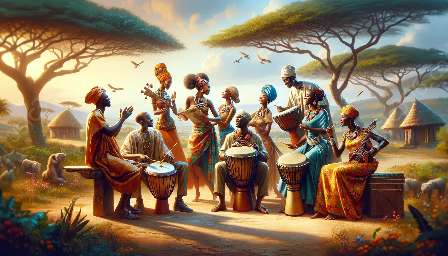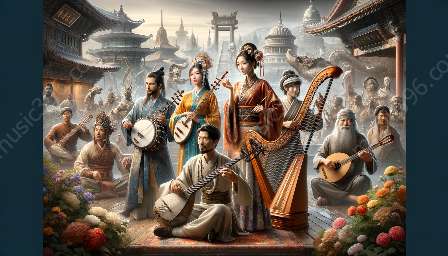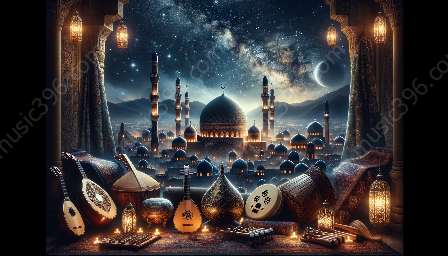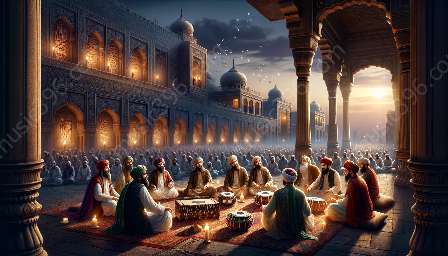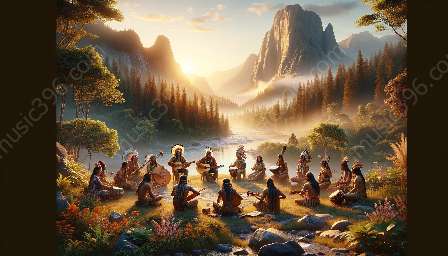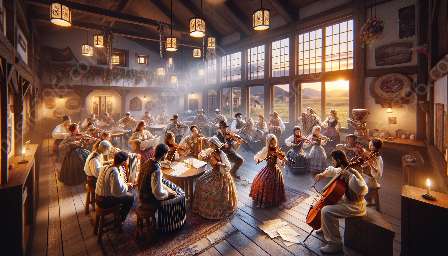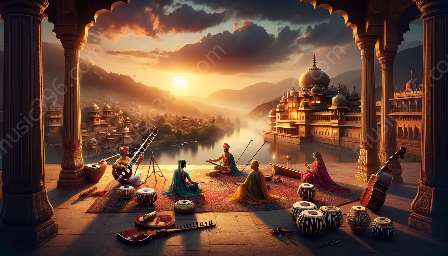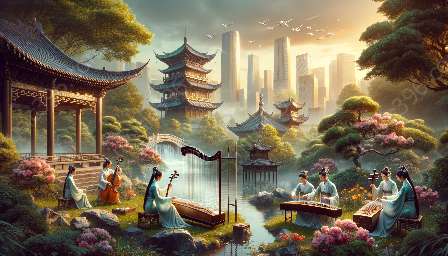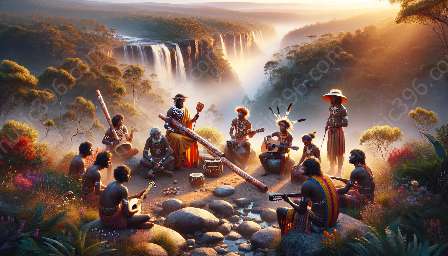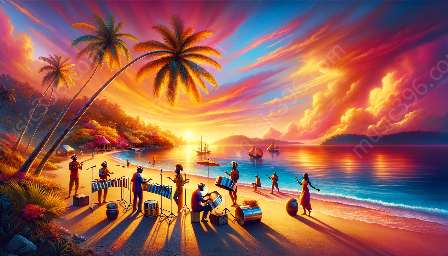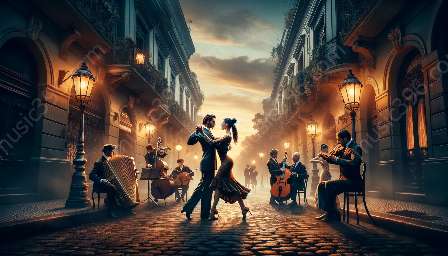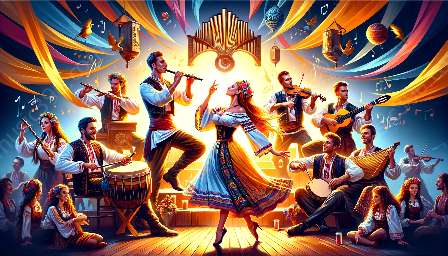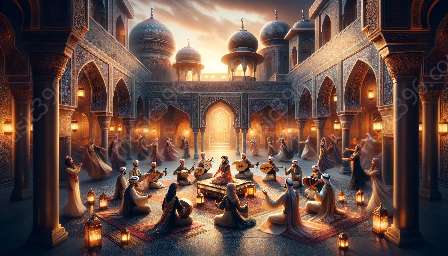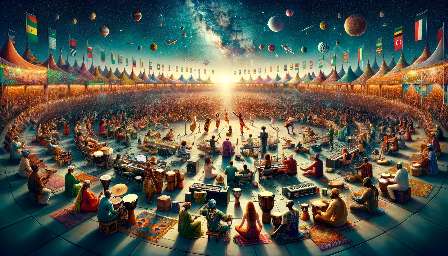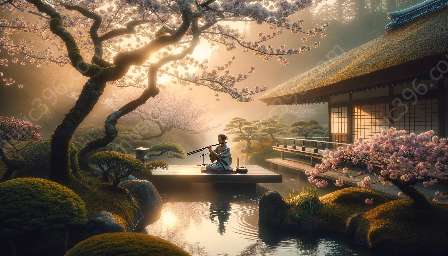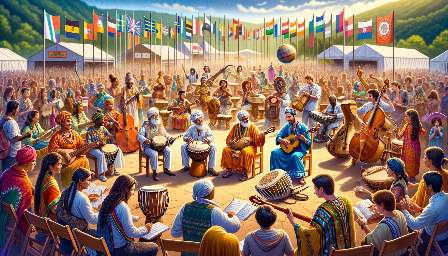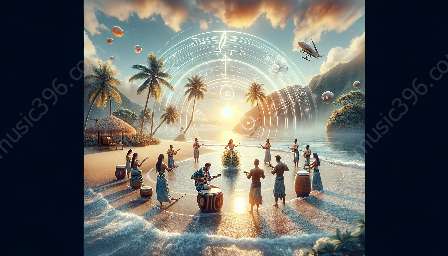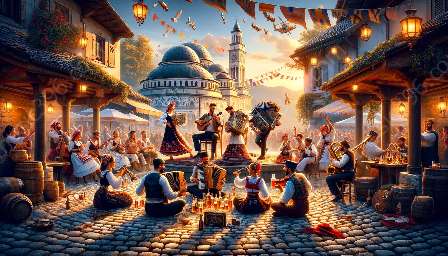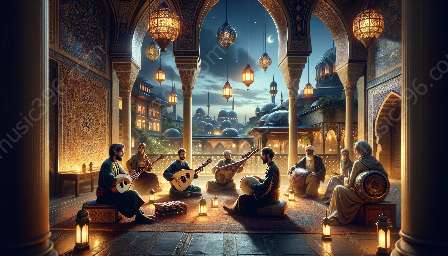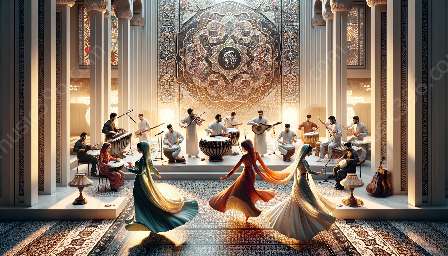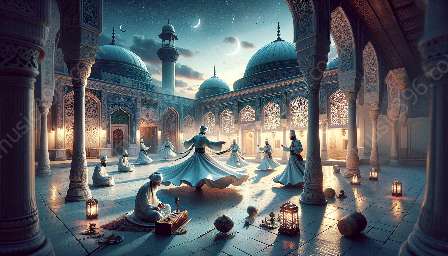The intersection of Pacific Islander music and visual arts is a rich and vibrant fusion that reflects the cultural heritage and traditions of the Pacific Islands. The rhythmic beats of traditional drums, melodic chants, and expressive dance movements converge with the intricate designs and rich symbolism of visual arts to create a unique and captivating artistic tradition.
Pacific Islander Music
Pacific Islander music is characterized by its deep connection to nature, community, and spiritual beliefs. Traditional instruments such as drums, conch shells, and bamboo flutes are used to produce rhythmic beats and harmonious melodies that evoke a sense of unity and connectedness. Chants and vocal harmonies are an integral part of Pacific Islander music, often conveying stories of the islands' history, mythology, and daily life.
The music of the Pacific Islands encompasses a wide range of styles and genres, each with its own unique cultural significance. From the energetic and lively hula dances of Hawaii to the soul-stirring rhythms of the Maori poi dances in New Zealand, Pacific Islander music reflects the diverse experiences and traditions of the indigenous people.
Visual Arts of the Pacific Islands
The visual arts of the Pacific Islands are deeply rooted in the cultural and spiritual practices of the indigenous communities. Intricate patterns, bold geometrical designs, and vibrant colors are commonly found in the traditional art forms, including wood carving, tapa cloth making, and tattooing. These visual expressions often convey the stories, myths, and legends of the Pacific Islanders, serving as a visual language that connects past and present generations.
One of the most iconic visual arts traditions of the Pacific Islands is the practice of tattooing. In many Pacific Island cultures, tattooing is a sacred and ceremonial art form that signifies identity, status, and cultural heritage. The intricate designs and symbols of tattoos hold deep spiritual and personal meanings, serving as a form of visual storytelling and expression.
Intersection of Music and Visual Arts
The intersection of Pacific Islander music and visual arts creates a dynamic and immersive artistic experience that reflects the interconnectedness of the cultural traditions. Dance is a powerful manifestation of this intersection, where the rhythmic beats of traditional music are accompanied by expressive movements that embody the visual storytelling of the indigenous communities.
Furthermore, the visual arts often play a significant role in enhancing the performance of Pacific Islander music, with elaborate costumes, body adornments, and stage decorations adding depth and symbolism to the musical expressions. The fusion of music and visual arts in Pacific Islander traditions creates a multisensory experience that celebrates the richness and diversity of the indigenous culture.
Contribution to World Music
The fusion of Pacific Islander music and visual arts has made a profound impact on the global music landscape, enriching the world music genre with its unique rhythms, melodies, and visual symbolism. Contemporary artists from the Pacific Islands continue to incorporate traditional elements into their music and visual expressions, showcasing the enduring relevance and beauty of the cultural heritage.
Moreover, the intersection of Pacific Islander music and visual arts provides a valuable opportunity for cultural exchange and understanding. Through performances, exhibitions, and collaborations, Pacific Islander artists have been able to share their rich artistic traditions with audiences around the world, fostering a deeper appreciation and respect for the diverse cultural heritage of the Pacific Islands.
Conclusion
The intersection of Pacific Islander music and visual arts represents a cultural tapestry that is deeply rooted in the traditions, beliefs, and expressions of the indigenous communities. The fusion of rhythmic melodies, expressive dances, and visual storytelling creates a holistic artistic experience that transcends borders and time, contributing to the rich tapestry of world music. As we celebrate the unique fusion and expressions in this rich artistic tradition, we also recognize the importance of preserving and honoring the cultural heritage of the Pacific Islands for future generations.

